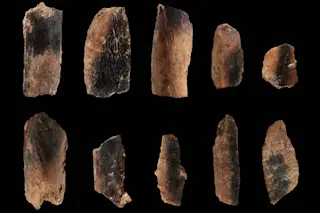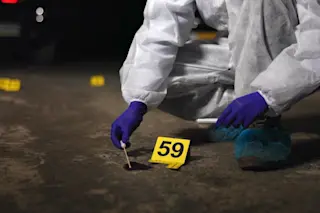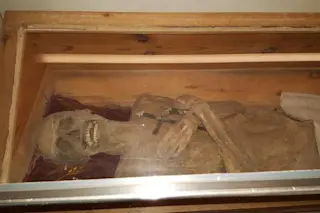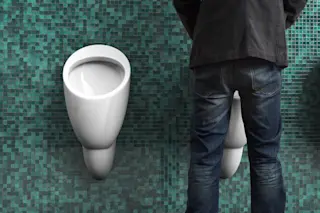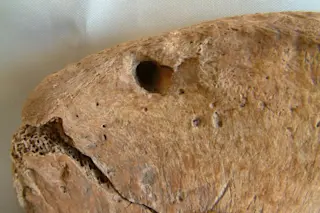When we look at the history of science, and in particular at the history of medical procedures, it’s natural to wonder: How did anybody ever think this was a good idea?
Consider the once-ubiquitous practice of bloodletting. From the days of ancient Egypt until well into the nineteenth century, bleeding was the standard therapy for a multitude of conditions. Had a stroke? Break out the leeches! Diabetes? Time to slice open a vein! Jaundice, scurvy, epilepsy, the plague, pneumonia, gout, leprosy, asthma, post-surgical inflammation — whatever ailed you, the first line of treatment was probably exsanguination. Even a bad case of acne could earn you a trip to the barber-surgeon, where you would be bled until you passed out.
Now, our ancestors were no fools. They understood as well as we do that blood loss could send a patient into shock. Why willingly subject sick people to something that would ...





